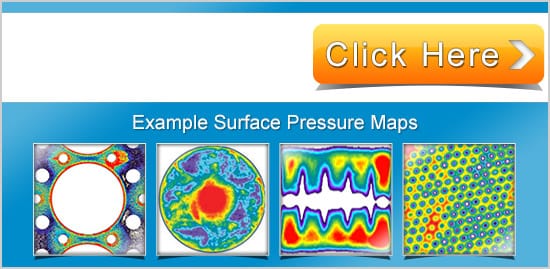Oral Presentations:
Talocrural joint contact stress in rotation plasty
A. Hillmann1, D. Rosenbaum2, E. Eils2, L. Renneberg1 & W.Winkelmann1(1Orthopaedic Department, Funktionsbereich Bewegungsanalytik(Movement Analysis Lab), and 2University of Muenster, Albert-Schweitzer-Str. 33, 48149 Muenster, Germany)
Introduction:: After resection of a malignant bone tumor of the femur rotationplasty is considered to be a treatment option beside other limb salvage procedures like endoprosthetic replacement, allograft or autograft reconstruction. The shortened limb is adapted to a prosthetic foot with a customized shaft and can be fully loaded. However, due to the marked change in the loading conditions of the foot degenerative changes in the ankle joint may be promoted. The aim of the present study was to characterize the changes in the loading conditions in the talocrural joint in order to understand and if possible prevent the development of joint degeneration.
Materials and methods: Nine fresh-frozen leg specimens were measured in two conditions: in a simulated singleleg stance and in a simulated rotationplasty with the foot rotated and embedded in a cast that was connected to a prosthetic foot. A loading frame with a load cell above the specimens and a force platform underneath was used to apply a load of 600 N (estimated body weight) and to control the experimental conditions. The load was gradually increased to the desired force level, kept constant for 10 s and released. Fuji prescale film (type superlow) was cut according to the shape of the talocrural joint surface, sealed against moisture with surgical foil, and inserted in the joint between talus and tibia from an anterior approach. The stained areas on the Fuji film were scanned with a resolution of 300 dpi and analyzed with a freeware program (OSIRIS) that determined peak and mean color intensity (i.e., pressure), area and force. Furthermore, the distance of the contact area to the edge of the talar facet was measured.
Discussion and conclusions: The present results demonstrate that the foot that is loaded in an extreme equinus position after rotationplasty is subjected to a marked change in talocrural joint contact characteristics. Even though the externally applied load was controlled the joint contact force decreased. This is most likely due to the fact that the foot is embedded in a tightly fitted shaft that leads to a dissipation of a certain percentage of the force. The expected posterior translation on the talar dome lead to a decreased contact area. This was also associated with a higher contact stress that might predispose the patients to an accelerated joint degeneration. The options for modifications of the prosthetic design are limited but will be subject of further investigations.
This project was supported by a grant from the German Cancer Society (Deutsche Krebshilfe e.V.). Grant No.: 70-2460-Hi I.



